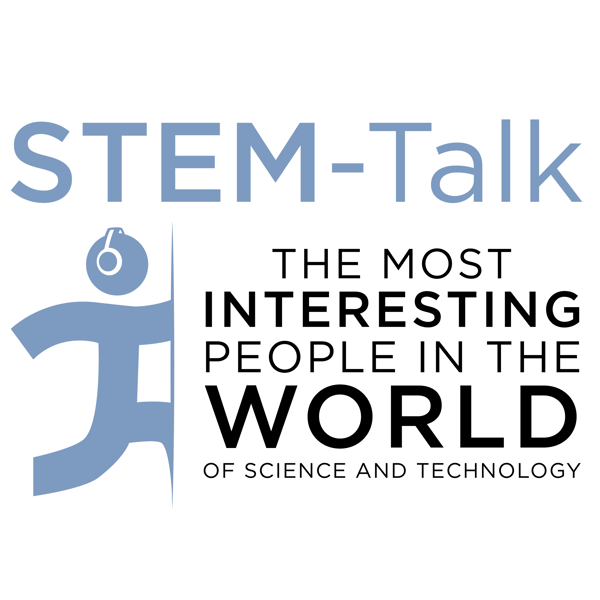Episode 51: Roger Smith talks about bears, raptors, and life as a field biologist
STEM-Talk
Dawn Kernagis and Ken Ford
4.6 • 694 Ratings
🗓️ 21 November 2017
⏱️ 98 minutes
🧾️ Download transcript
Summary
Transcript
Click on a timestamp to play from that location
| 0:00.0 | Welcome to STEM Talk. |
| 0:01.1 | Stem Talk. |
| 0:02.0 | Stem Talk. |
| 0:03.0 | Stem Talk. |
| 0:04.0 | Stem Talk, where we introduce you to fascinating people who passionately inhabit the scientific and technical frontiers of our society. |
| 0:14.0 | Hi, I'm your host, Don Cornagas, and joining me to introduce today's podcast as the main behind the curtain, Dr. Ken Ford, HMC's director and chairman of the |
| 0:21.8 | double secret selection committee that selects all the guests to appear on STEM Talk. |
| 0:25.1 | Hi, Don, great to be here today. Our guest is my good friend, Roger Smith. I met Roger in Jackson Hole, Wyoming, where he is the resident naturalist at Three Creek Ranch and the founder and chair of the Teton Raptor Center. |
| 0:40.7 | I've also gotten to know, Roger, he's a great guy, and have visited the Teton Raptor Center as well. |
| 0:45.5 | The center's staff of 13 includes ecologists, educators, veterinary students, |
| 0:50.1 | and field biologists who visit classrooms and host education programs with live raptors. |
| 0:54.8 | Nearly 37,000 people participated in the Center's education outreach programs in 2016, |
| 1:00.8 | and as a rehabilitation facility, the Teton Raptor Center cares from more than 130 injured birds each year. |
| 1:06.9 | But before we get to today's interview with Roger, we have some housekeeping to take care of. |
| 1:13.1 | First, we really appreciate all of you who have subscribed to STEM Talk, |
| 1:17.6 | and we are especially appreciative of all the wonderful five-star reviews piling up on iTunes, |
| 1:24.0 | and it's a big pile. |
| 1:25.5 | As we announced in several earlier episodes, |
| 1:28.5 | the double secret selection committee has been continuously and carefully |
| 1:33.2 | reviewing iTunes reviews with an eye toward selecting the wittiest and most lavishly praise-filled |
| 1:41.0 | reviews to read on the air on STEM Talk. |
| 1:45.0 | As always, if you hear your review read on STEM Talk, just contact us at STEMTalk at IHMC.us to claim your official STEM Talk T-shirt. |
... |
Please login to see the full transcript.
Disclaimer: The podcast and artwork embedded on this page are from Dawn Kernagis and Ken Ford, and are the property of its owner and not affiliated with or endorsed by Tapesearch.
Generated transcripts are the property of Dawn Kernagis and Ken Ford and are distributed freely under the Fair Use doctrine. Transcripts generated by Tapesearch are not guaranteed to be accurate.
Copyright © Tapesearch 2025.

